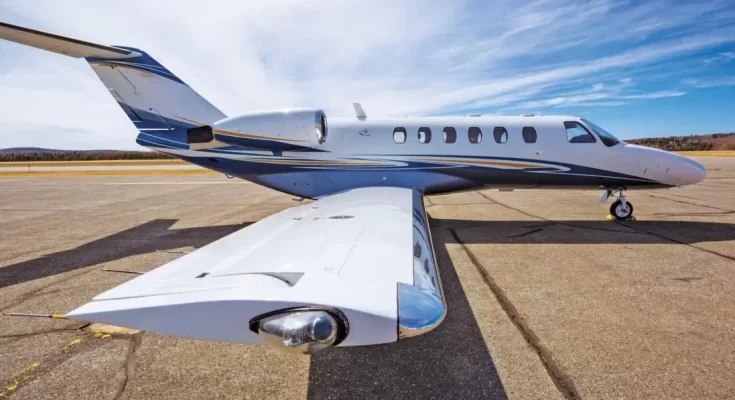A Part 135 operator offers commercial, non-scheduled aircraft services. It generally includes air taxis and private charter flights. Operations under Part 135 must conform to a very specific and stringent technical and legal framework. These business aircraft operators must be certified under Part 135 of the FARs. As a certificate-holding company, the operator is obligated to comply with a number of FAA regulations and standard part 135 pilot requirements for matters like flight operations, maintenance, and training.
What is the Standard Part 135 operator?
A standard part 135 operator is a certificate holder who has no restrictions on the size or scope of their operations. To undertake any type of operation, the applicant must fill out an application, fulfill the requirements, and be certified by the FAA. Operators under Standard Part 135 are expected to create and manage manuals, training programs, and relevant management positions.
Limitations On Part 135 Operations
Holders of a Part 135 certificate can conduct On-demand operations. This includes limited scheduled operations or Commuter operations. There are specific limitations that come with each type of operation-
On-demand
On-demand operations can be carried out in airplanes with 30 or fewer passengers and a maximum cargo capacity of 7500 pounds. Holders of on-demand certificates can perform a few scheduled operations with extra limitations outlined below:
- According to official flight schedules, it should not be more than five round trips per week on at least one route connecting two or more destinations
- There can be no turbo-jet planes, and planes can only have a maximum number of passenger seats of 9 seats or less.
Commuter
Commuter operations can be carried out in airplanes with a maximum passenger seating plan of 9 and a maximum lift capacity of 7500 pounds. The use of turbo-jet aircraft is prohibited for commuter operations. A Commuter certificate holder can also perform On-demand operations.
Official part 135 pilot requirements
The applicant for part 135 certification must be a USA citizen. Another part 135 pilot requirements are-
Exclusive Access To Aircraft
A candidate or operator must have exclusive access to at least one aircraft that qualifies the parameters for at least one type of operation (on-demand or commuter).
Physical Base
At the time of applying, the operator must confirm that it has a physical base of operation. It can be demonstrated through submitting an ownership document, a leasing agreement, or a letter of intent.
Economic Authority
Operators that want to conduct interstate commuter operations must receive Economic Authority from the Department of Transportation (DOT).
List of Designated Officials
The operator must list the individuals in charge of the Director of Operations, Chief Pilot, and Director of Maintenance to be certified as a Part 135 “Standard” certificate holder.
Company Manuals
Company manuals, including the General Operations Manual (GOM), General Maintenance Manual (GMM), and Aircraft Flight Manual, must be submitted to the AC at the time of a formal application.
Hazardous Materials Training Program
Even if they do not intend to carry hazardous materials, all Part 135 certificate operators are mandated to submit a Hazardous Materials Training Program for approval.
Training Plan
An operator needs to submit a training plan for their pilot crew members and, if applicable, flight attendants. For each crewmember position, training programs must include at least the following-
- Basic Indoctrination Training
- Requalification Training
- Emergency Training
- Hazardous Materials (hazmat)
- Recurrent Ground and Flight Training
- Crew Resource Management (CRM) Training
- Differences in Ground and Flight Training
- Transition Ground and Flight Training
- Initial Ground and Flight Training
- Upgrade Ground and Flight Training
Drug and Alcohol Tests
Procedures for conducting professional drug and alcohol tests for the federally regulated transportation sector are outlined in the Department of Transportation’s (DOT) part 135 pilot requirements.
Security Program
Operators who plan to conduct operations under 14 AC Part 135 are required to implement and operate a TSA-approved security program.
Conclusion
To be eligible for the Part 135 Certification, operators must go through a rigorous training program that meets US regulations for operating on-demand and commuter aircraft. Training programs usually include everything from Basic Indoctrination to Hazardous Materials Training or HAZMAT.




